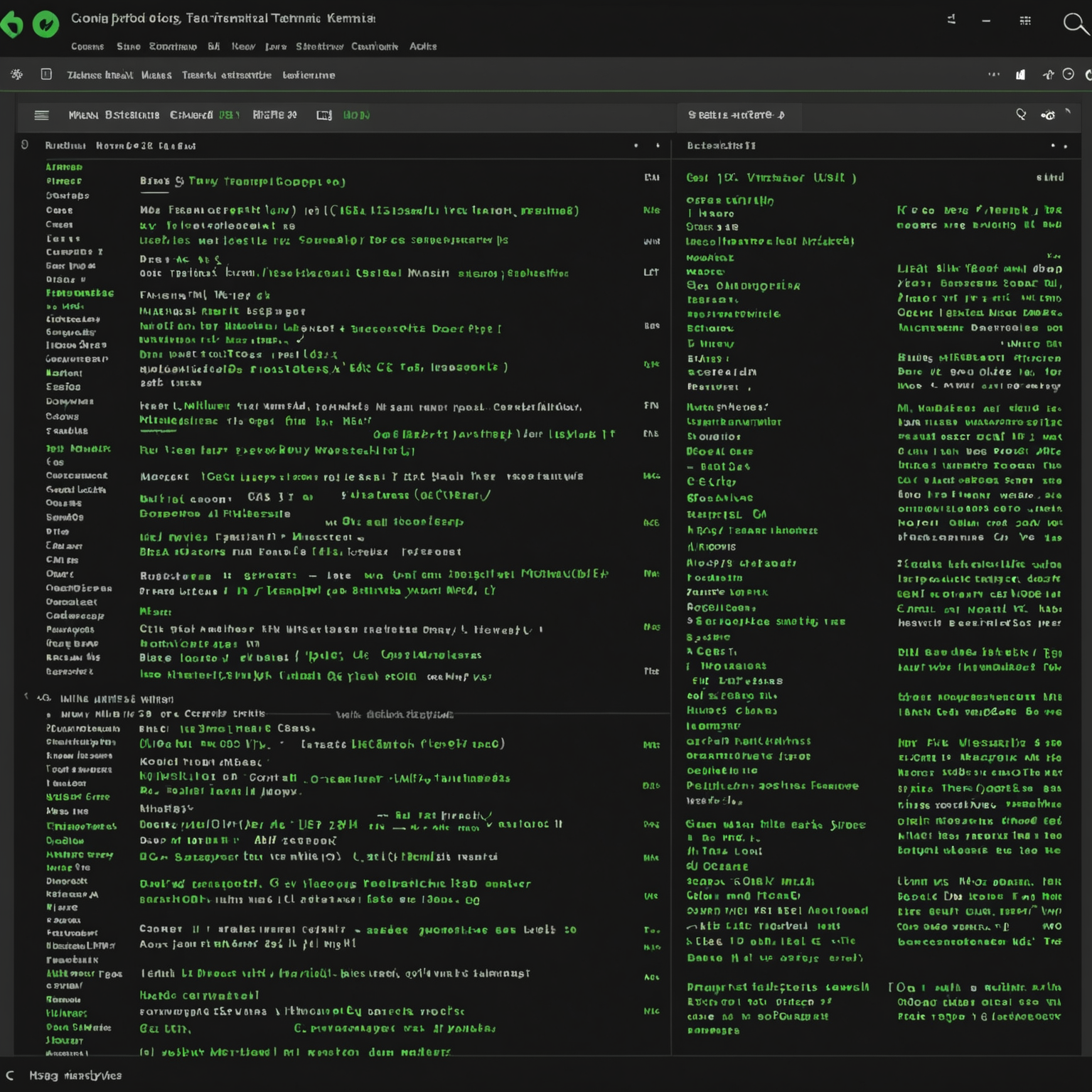The Art of Clean Code

Principles for writing maintainable and elegant code.
The Art of Clean Code
Writing code that works is just the beginning. Writing code that is clean, maintainable, and easy to understand is what separates good developers from great ones. Let's explore some principles that can elevate your coding practice.
Clarity Over Cleverness
One of the most common mistakes developers make is prioritizing cleverness over clarity. Consider these two implementations of the same function:
// Clever but confusing
const getActiveUsers = (d) =>
d.filter((x) => !!x.a && x.l > Date.now() - 86400000);
// Clear and maintainable
const getActiveUsers = (users) => {
const oneDayInMs = 24 * 60 * 60 * 1000;
const oneDayAgo = Date.now() - oneDayInMs;
return users.filter((user) => {
return user.isActive && user.lastLogin > oneDayAgo;
});
};
The second example takes a few more lines, but it communicates intention clearly through meaningful variable names and a logical structure.
The DRY Principle
DRY (Don't Repeat Yourself) is a fundamental principle of software development that aims to reduce repetition of code patterns:
# Violating DRY
def validate_username(username):
if len(username) < 3:
return False
if len(username) > 20:
return False
if not username.isalnum():
return False
return True
def validate_password(password):
if len(password) < 8:
return False
if len(password) > 30:
return False
# More validation...
return True
# Following DRY
def validate_length(value, min_length, max_length):
return min_length <= len(value) <= max_length
def validate_username(username):
if not validate_length(username, 3, 20):
return False
if not username.isalnum():
return False
return True
def validate_password(password):
if not validate_length(password, 8, 30):
return False
# More validation...
return True
By extracting the common length validation logic, we've made our code more maintainable and reduced the chance of inconsistencies.
Meaningful Names
Names are perhaps the most powerful tool for making code readable:
// Poor naming
var x = GetData();
foreach (var y in x)
{
var z = Process(y);
if (z > 0)
{
// Do something
}
}
// Good naming
var customerRecords = GetCustomerData();
foreach (var customer in customerRecords)
{
var loyaltyScore = CalculateLoyaltyScore(customer);
if (loyaltyScore > MinimumLoyaltyThreshold)
{
// Do something
}
}
Well-chosen names serve as documentation, making your code self-explanatory and reducing the need for comments.
Comments and Documentation
Comments should explain why, not what. The code itself should clearly show what it's doing.
// Bad comment
// Increment i by 1
i++;
// Good comment
// Skip the header row in the CSV file
i++;
// Even better: No comment needed when using a meaningful name
skipHeaderRow = true;
Function Size and Responsibility
Each function should do exactly one thing, and do it well:
// Function doing too many things
function processUserData(user) {
// Validate user
if (!user.name) throw new Error("Name is required");
if (!user.email) throw new Error("Email is required");
// Format user data
const formattedUser = {
fullName: `${user.firstName} ${user.lastName}`,
contactInfo: {
email: user.email.toLowerCase(),
phone: user.phone ? formatPhoneNumber(user.phone) : null,
},
};
// Save to database
database.save(formattedUser);
// Send welcome email
emailService.send({
to: user.email,
subject: "Welcome!",
body: `Hello ${formattedUser.fullName}!`,
});
}
// Refactored to single responsibility functions
function validateUser(user) {
if (!user.name) throw new Error("Name is required");
if (!user.email) throw new Error("Email is required");
}
function formatUserData(user) {
return {
fullName: `${user.firstName} ${user.lastName}`,
contactInfo: {
email: user.email.toLowerCase(),
phone: user.phone ? formatPhoneNumber(user.phone) : null,
},
};
}
function saveUser(formattedUser) {
database.save(formattedUser);
}
function sendWelcomeEmail(user, formattedData) {
emailService.send({
to: user.email,
subject: "Welcome!",
body: `Hello ${formattedData.fullName}!`,
});
}
function processUserData(user) {
validateUser(user);
const formattedUser = formatUserData(user);
saveUser(formattedUser);
sendWelcomeEmail(user, formattedUser);
}
Conclusion
Clean code is not just about aesthetics—it's about creating software that can be understood, maintained, and extended by humans. By following these principles, you'll not only make life easier for your teammates (and your future self), but you'll also reduce bugs and technical debt.
Remember that writing clean code is a skill that develops over time. Review your code critically, seek feedback from others, and continuously refine your approach as you grow as a developer.